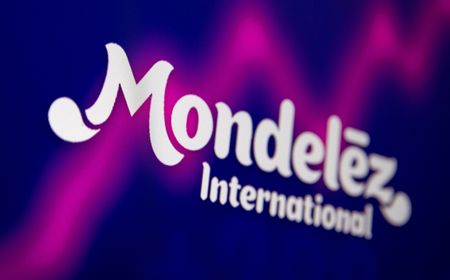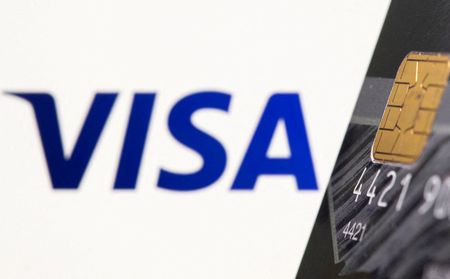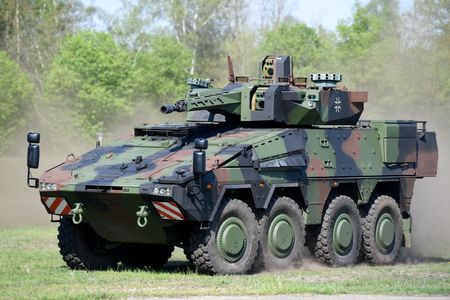BRUSSELS (Reuters) – The United States and the European Union agreed on a framework trade deal to end months of uncertainty for industries and consumers.
The two sides aim to produce a joint statement to clarify what they have agreed to, but here are the main elements of the deal that will enter into force on August 1 through an executive order by President Donald Trump, according to EU officials:
* BASELINE TARIFF RATE: Almost all EU goods entering the U.S. will be subject to a 15% baseline tariff. The 15% tariff is not added to any existing rates.
* CARS: Cars and car parts will be subject to the 15% tariff, compared to the 27.5% they face now. The European Commission said it would eliminate remaining low-level duties on industrial goods from the United States, although EU officials said for cars they would cut the import duty from 10% to the previous U.S. level of 2.5%.
* PHARMACEUTICALS AND SEMICONDUCTORS: The White House says EU pharmaceuticals and microchips will be subject to 15% tariffs. The European Commission says this will only be the case after the United States concludes Section 232 investigations in the coming weeks and sets new global tariff rates for the two sectors. For the EU, the maximum rate would be 15%. For now, there are only subject to low or zero pre-existing duties.
* OTHER SECTORS: The United States is also carrying out Section 232 investigations on grounds of national security into timber, trucks, critical minerals, commercial aircraft, polysilicon and drones. EU officials say that for all of these, a maximum 15% tariff would apply for EU goods.
* METALS: Tariffs on European steel, aluminium will stay at 50%, with the same tariff also applying from August 1 to copper. However, the EU and the U.S. have agreed that they will be replaced by a quota system, whose details still has to be negotiated, EU officials say.
European exports within the agreed quota would face the most-favoured nation tariff rate agreed under WTO rules, which are low and in some cases zero depending on the grade. Exports outside of the quota would be subject to 50% tariffs.
* ZERO-FOR-ZERO tariffs: According to EU officials, the U.S. and EU will have zero-for-zero tariffs on:
– all aircraft and aircraft parts,
– certain chemicals,
– certain generic drugs,
– semiconductor-making equipment,
– some agricultural products but with the exclusion of all sensitive products like beef, rice, ethanol, sugar or poultry.
– Natural resources and critical raw materials.
More products could be added.
* WINE AND SPIRITS: A zero tariff regime for wine and spirits – a point of friction on both sides of the Atlantic – is still under discussion. EU officials said talks were more advanced for spirits.
* AGRICULTURE, FISH: The EU will open new market access for U.S. Alaska pollock, Pacific salmon and shrimp, subject to quotas. It will also offer improved access for U.S. soya bean oil, planting seeds, grains and nuts as well as processed food such as tomato ketchup, cocoa and biscuits, again subject to quotas.
* STRATEGIC PURCHASES: The EU pledged to make $750 billion in strategic purchases, covering oil, liquefied natural gas (LNG) and nuclear technology during U.S. President Donald Trump’s term in office.
This will come as a mix of spot purchases for oil, long-term contracts for LNG and government procurement for nuclear technology. The amount has been estimated on the basis of Europe’s planned phase out of energy purchases from Russia.
The EU will also purchase 40 billion euros ($46 billion) of U.S. AI chips would be on top of the $750 billion.
* European companies are to invest $600 billion in the U.S. over the course of Trump’s second term. Japan’s package will consist of equity, loans and guarantees from state-run agencies of up to $550 billion to be invested at Trump’s discretion, Tokyo says. EU officials, in contrast, said Europe’s $600 billion investment pledge is based on the combined investment intentions expressed by European companies.
* DEFENCE PROCUREMENT: EU member states will purchase U.S. military equipment. The deal does not specify an amount.
* OTHER ITEMS: The EU says it will cooperate with the U.S. on automotive and food safety standards, while retaining its current rules. Cooperation could take the form of streamlining certification for U.S. pork or dairy products.
The two sides will also cooperate on investment screening and export controls as well as addressing ‘non-market’ policies, such as China’s subsidised production.
($1 = 0.8669 euros)
(Reporting by Jan Strupczewski, Philip Blenkinsop, Julia Payne and Kate Abnett; Editing by Richard Lough, Joe Bavier and Ros Russell)







